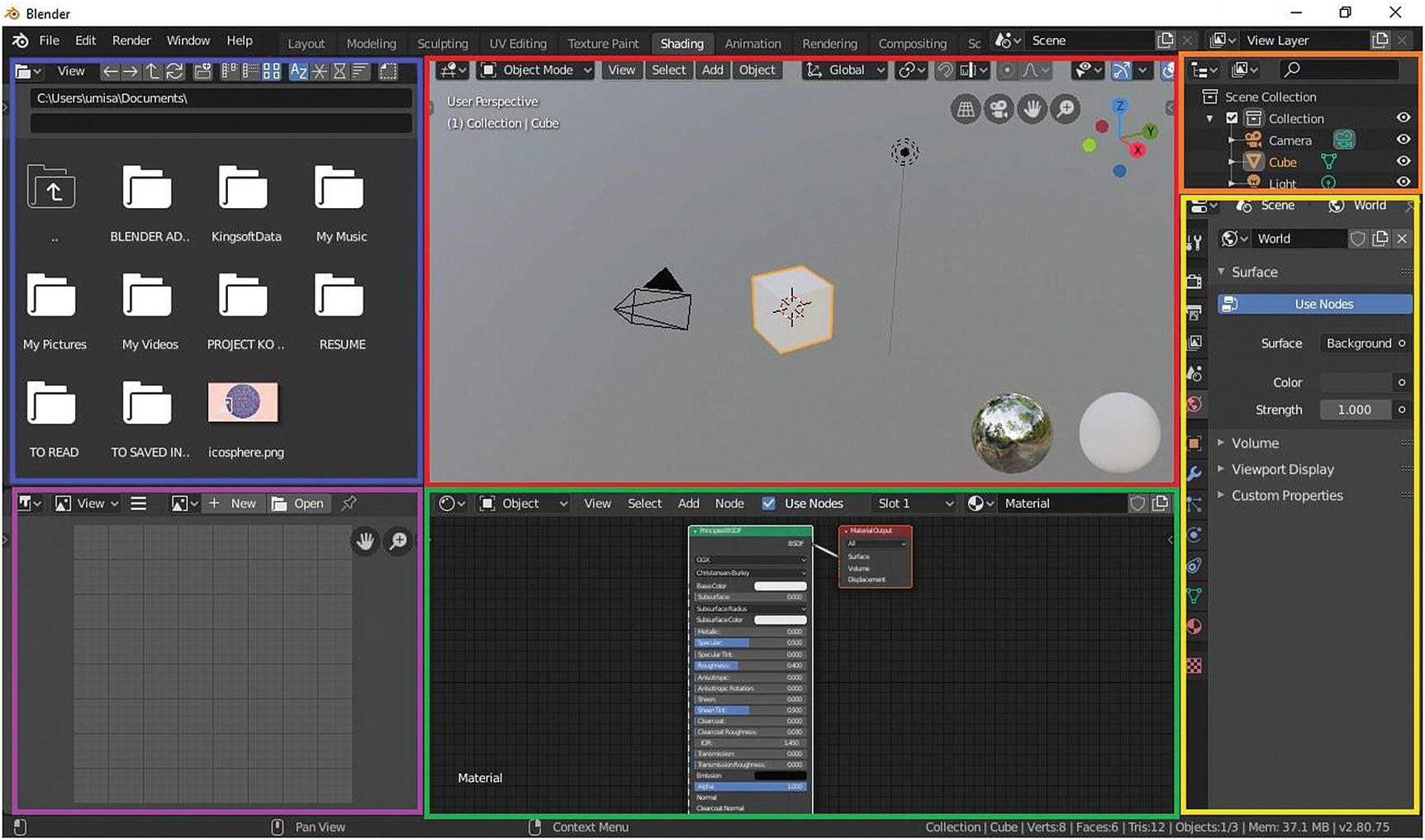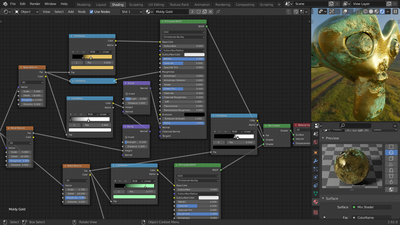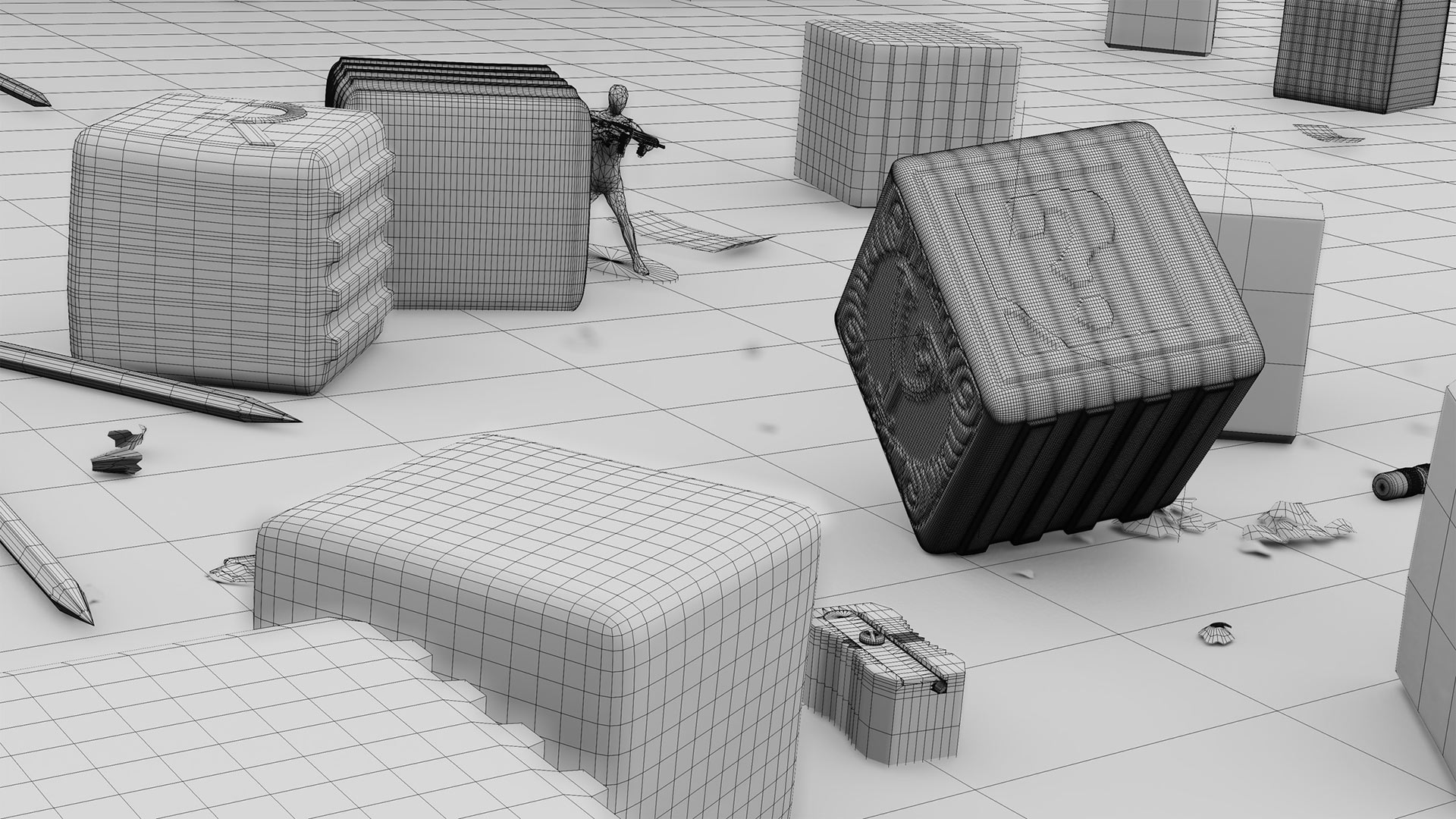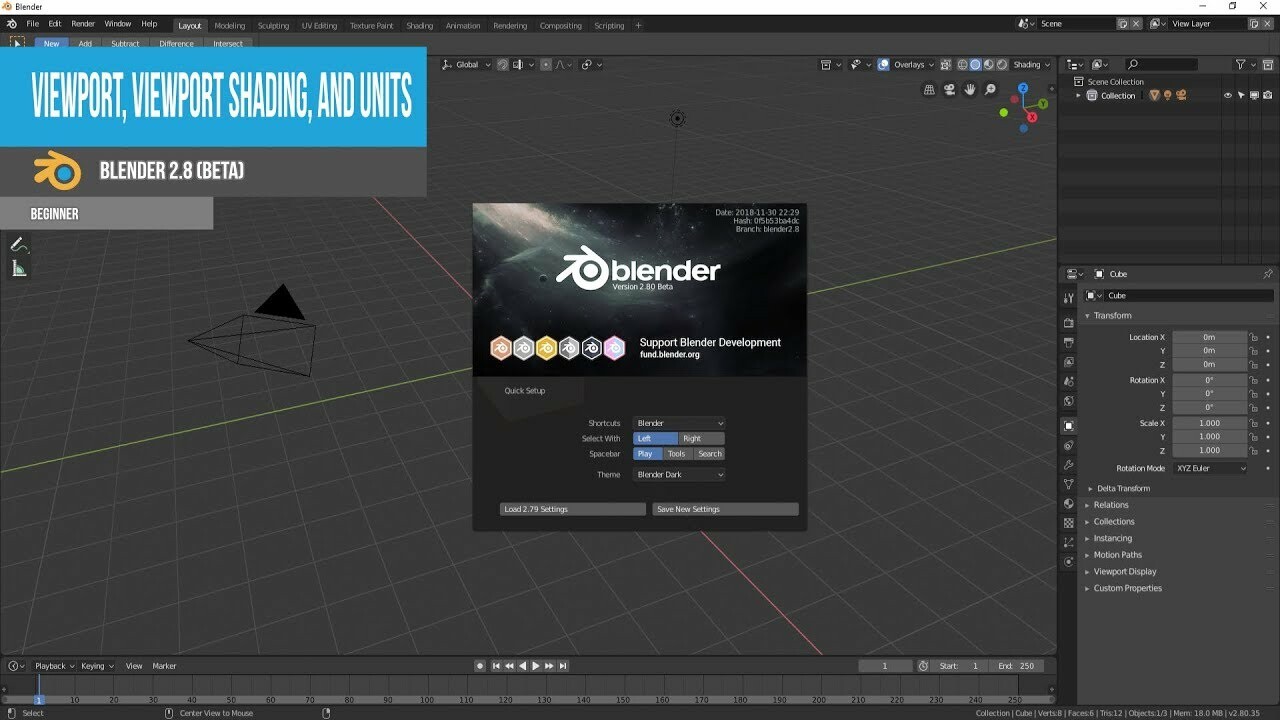Without great presentation, even the most amazing render won’t shine. Here’s how to always showcase your artwork in the best light with Blender…
CG Cookie's profileIntroduction
A recent comment from a Blender modeler: “It’s funny how lighting just doesn’t feel so important.” So true. Especially for new 3D artists, creating in Blender is all about modeling and texturing. But don’t be fooled: good light is to a render what frosting is to a cupcake: it can make or break the final product. These tips, which unavoidably feature an annoying number of light-related idioms, will illuminate your Blender workflow once and for all.
Good light is to a render what frosting is to a cupcake: it can make or break the final product
Environment lighting for the win
We’ll say it: if the single light source you’re using is lamps, you’re not doing it right. Your renders won’t look realistic. The lights may be on... but there’s nobody home. Why? Realistic rendering should mimic real-life lighting, which rarely relies on a single light bulb. There is a myriad of light sources and reflectors like the sun, cars, white walls, fidget spinners. How can you possibly imitate this complexity in Blender? This is where environment textures really shine.
An image lit with a lamp, versus an image lit with HDRI
To change the background in Blender we need to adjust the world material. This is a special material that is only applied to the world background. In the top right corner of the 3D viewport, switch to rendered viewport shading. Go to the world material tab in the properties panel, which is the red earthlike icon. Find the surface section. Blender Stack Exchange is a question and answer site for people who use Blender to create 3D graphics, animations, or games. It only takes a minute to sign up. Sign up to join this community. Anybody can ask a question Anybody can answer The best answers are voted up and rise to the top.
HDRIs have become the industry standard for realistic environment lighting. High Dynamic Range Imaging is a technique that “photographs” the real world including hyper-detailed information about light which is impossible to replicate manually.
- Shading is so essential in 3D modeling that Blender has a dedicated workspace for shading. Shading workspace will automatically bring us in the “Look Dev” mode. Look Dev mode approximates lights and gives a general idea of the output of the object or scene. The shader editor will show the shader nodes of the selected object.
- Custom Toon Shader in Blender: Ever since I was little I have loved how comics and cartoons looked. The first time I've learned about Cel Shading was when I played Zelda Wind Waker. As I've mentioned on my previous Instructable about Cel Shading Real Life Pictures: "Cel Shad.
Bottom line: It’s a must to develop a collection of HDRI images that you can easily apply to your Blender project.
Global Illumination saves you from eternal damnation
In the dark ages of computer graphics (like, 5 years ago) all light calculations assumed that light bounces off an object... and disappears. That’s, basically, exactly not at all how the real world works, which made realistic render lighting an incredible pain. So when Global Illumination entered the picture, it was like a light bulb going off.
With Cycles, there’s no more tedious lighting with an ungodly number of lamps as GI does all the super-realistic light bouncing out of the box. Yes, some scenes benefit from GI more than others: characters and objects, for instance, need it less than ArchViz, where GI is essential.
Global Illumination off versus Global Illumination on. Which toilet bowl looks more inviting?
Bottom line: Rule #1 “Leave GI on by default for all your Blender renders. Rule #2 “When speed is of the essence and you’re considering turning GI off, refer to Rule #1.”
Gradients, Gradients, Gradients
Have you ever chosen a color for your bedroom that looked one way in the sample and very different on the wall? Blame gradients. (Unless you bought super cheap paint. Then, blame yourself.) Turns out, quantum physics is, in fact, real and photons travel through space. Their behavior changes depending on the conditions, creating different light values and hues of the same base color. Let’s explore two images up close.
Limited & Bland versus Absolute Awesome use of Gradients
The left one is lifeless and flat, with little variation in values both on the character and the background. The right image is straight up sexy – and it’s all because of a good use of gradients.
Let’s count them, shall we?
The key light is close to the goblin’s head. It guides your gaze towards it, then rapidly falls off, making the feet barely lit for a dramatic effect. Gradient number 1.
See how the scene is washed in a contrasting purple-orange gradient? The upper-left key light is yellowish, the far-right fill light is purple. Bam! Gradient number 2.
Remember GI? (Let’s hope so, we literally talked about it one paragraph ago.) The right render has GI enabled, the left one doesn’t. Enabled GI is realistically creating small color-bleeding gradients all over the place. Finally, the background is not a plane but a cylinder which produces a natural, appealing vignette around the character.
Love gradients yet?
Bottom line: There’s a reason why, spelled backwards, “gradient” reads “fabulous.” Use them.
Stop being scared of colorful lights

Chromophobia = fear of color. Let’s keep in mind that this is a real clinical condition and if you suspect you might have it, consult a medical professional. If not, don’t avoid colors in your lighting. There’s nothing wrong with a subtle warm key light and a subtle cool fill light.
Sure, if you’re working on a mid-century Danish interior design scene, desaturated colors will be your go-to. But experimenting with saturated lights can give your renders a whole new dimension, depth and dynamics. Take a look at the sequential images below. Don’t they get more awesome and eye-catching towards the right? Yes, they do.

From meh... to yeet!
Bottom line: Try using saturated color light in one of your renders. If saturation was on a scale from 0 to 1, crank ‘er up to 0.8 for once! You might love the results.
Honorable mention: Glossy reflections and fresnel
Blender Shading Guide
As John Hable put it, 'Everything is shiny.' Even totally diffuse surfaces are simply glossy reflections with a high roughness value. Basically, glossy reflections are not a big deal...unless you want your renders to be believable!
Nowadays, glossy reflections are the standard, but that hasn’t always been the case. Specular reflections used to rule the day, creating unrealistic results. For some Blender old timers, it took a while to switch to glossy reflections but once they did, there was no coming back. The results are far too superior.
Blender Shading Hotkey
And what about fresnel? Like gravity or irritating smooth jazz playing in the background, fresnel is something we tend not to notice until we zero in on it. Pronounced ‘fruh-nel’ (the French word ‘croissant’), this is a fun natural phenomenon which can get quite technical with hugely off-putting equations and cos symbols, but we won’t get into that. Blender does the math for you, thank Ton!
You just need to know that transparent objects reflect as well as refract light, and the amounts of each depend on the angle at which the lights hit them. Fresnel occurs because the surfaces close to our eye reflect less than those further from our eye. And since a picture is worth more than a 1,000 poorly written words, here is a red sphere showcasing a spectrum of fresnel values.
If you don't get fresnel right, you won't get realistic renders
Bottom line: Glossy and fresnel reflections are now a standard among render engines. This hasn’t always been the case, so let’s never take them for granted.

Conclusion
Lighting your renders in Blender is a discipline in its own right. And while Cycles does a lot of the heavy lifting for us, there are tools which you should utilize to maximize the appeal of your renders. Less isn’t always more and experimenting with color and gradients can give you incredible results. So suspend your disbelief and follow Pink Floyd’s immortal advice: shine on you crazy diamond!
Want to learn more?
Fetching comments...

Post a comment
Related
Tutorial: 3ds Max
Character Head ModelingNews: Video General
Arrimus 3D Polygon Challenge #1 - CrateTutorial: 3ds Max
Lighting La Salle Chapter 1: Sunset/Sunrise
